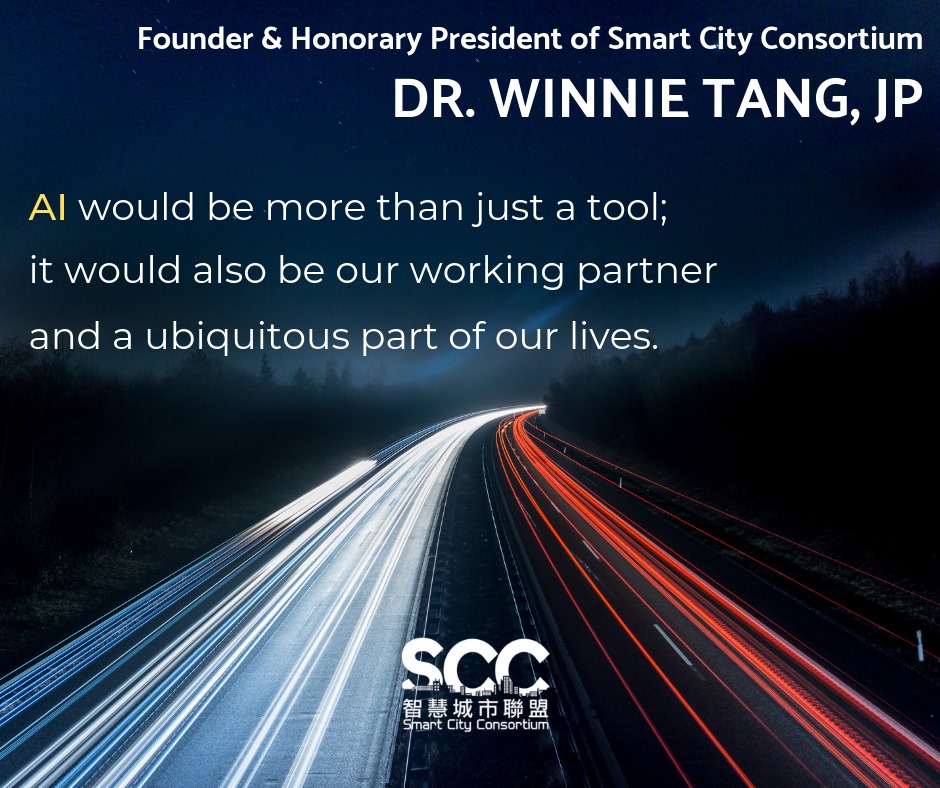Smart Vision 智城語錄 — Smart Vision Message

「AI不單是未來廣泛使用的工具,也是人類的工作夥伴,因此年輕人在中小學不同階段應有不同的教育重點來迎接未來挑戰:
一、幼稚園到小學階段:解決問題和協作能力。設計人工智能系統時,其實要把一個大問題分拆成許多小單元,然後把小單元的解決方案整合。因此,應該及早培養合作和解難能力。
二、初中:在常規課程外,應加入如機械人、計算機藝術(computational art)以擴闊學生對電腦的認識和興趣。
三、高中:加強數學課程與電腦科學的聯繫,如統計、機會率、邏輯等,對將來以數據主導的工作甚為有用,而傳統課程如微積分,比例可以相對減少。」
“AI is more than just a tool! It should be conceived as our close working partner and is literally an integral and ubiquitous part of our daily lives. To better embrace AI, young people should take on training in STEM (science, technology, engineering, and math) during different stages of primary and secondary school in order to stay competitive in the future job market.
Suggested workflow as follows:
Kindergarten to primary education: It is strongly believed that inquiry-based or project-based learning at an early age will be provide juvenile a good foundation. To start with, juveniles should focus on problem-solving and collaboration skills. In a design process using AI, break down a large scale problem into multiple small scale items, thus it will be much more efficient to manage individual small item. The final step will be to integrate the respective parts.
Middle and junior high schools: In addition to regular courses, subjects such as robotics and computational art should be added to broaden the horizon of students’ vision, appreciation and understanding of computer science.
High schools: Strengthening studies in math and computer science such as statistics, probability, graph theory and logic,.. etc. will be useful and beneficial to future data-driven work. Reduced emphasis on conventional mathematics, including advanced calculus, was also suggested.”
